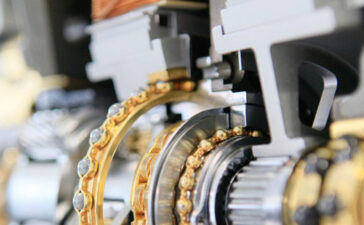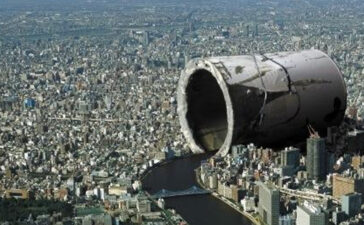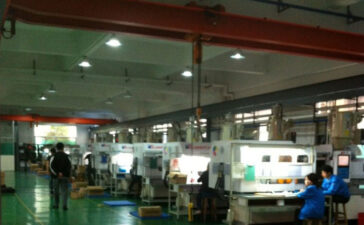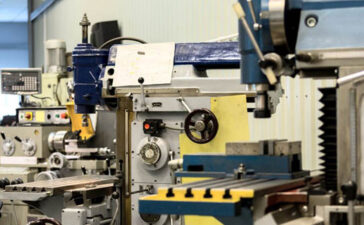After the plastic machining parts are formed, some bad problems will occur, which will affect the assembly efficiency or the performance of the whole machine. There is a certain difference from the predetermined quality standard (inspection standard), which cannot meet the company’s quality requirements. In addition to strengthening staff’s quality awareness training, and timely handling of defective parts (such as selection, processing, etc.); these defects may be caused by the following aspects: molds, raw materials, process parameters, equipment, environment, and personnel.
The defects are summarized as follows:
- 1. Chromatic aberration: The color of the injection molded part is different from the single standard color sample when viewed with the naked eye, and it is judged as chromatic aberration under the standard light source.
- 2. Dissatisfaction with injection molding (lack of glue): Usually, lack of glue refers to the lack of glue, that is, the cavity is not full. And the injection molded parts are not full, there are bubbles, voids, shrinkage, etc., which do not match the standard model, which can also be called lack of glue.
- 3. Warpage deformation: the shape of the plastic part will be rotated and twisted after the plastic part is demolded or some time later. If there is a straight edge facing inward, or a curvature facing outward, or the flat part is undulating, there will be local and overall deformation. Minute.
- 4. Welding marks (stripe): linear marks on the surface of plastic parts, formed by plastics converging together in the mold, and the melts are not completely fused together at their junctions, and they cannot be fused together to produce weld lines. , It is mostly a straight line, developing from deep to shallow. This phenomenon has a certain influence on appearance and mechanical properties. Such as the weld mark at the bottom of the hook plate.
- 5. Corrugation: The surface of the injection molded part has spiral or cloud-like wavy unevenness, or the transparent product has wavy lines inside, which is called corrugation.
- 6. Overflow (flash, piercing): A thin (flash) compound appears on the parting line around the injection molded part or on the sealing surface of the mold, which is called overflow.
- 7. Silver lines: long, needle-like silvery white frost-like fine lines on the surface of injection molded parts. The opening direction is along the direction of material flow. Where the plastic part is not completely filled, the fluid front end is rough, called silver Silk grain (silver grain).
- 8. Uneven color (mixed color): The color of the surface of the injection molded part is not uniform, there are shades and different hues, called mixed color.
- 9. Poor gloss (dark color): The surface of the injection molded part is dull or uneven, which is called dark color or poor gloss.
- 10. Poor demolding (deformation of demoulding): Similar to warpage deformation, the injection molded part cannot be smoothly ejected from the mold after being formed. There are deformation, whitening, cracking, strain, etc., which are called poor demolding.
- 11. Cracks and ruptures: cracks and breakages caused by gaps on the surface of plastic parts.
- 12. Burnt spots (burnt): There are many dark streaks or black spots on the surface or inside of the plastic part, which are called burnt spots or burnt.
- 13. Size inconsistency: During the molding process of injection molded parts, the inability to maintain the original predetermined dimensional accuracy is called size inconsistency.
- 14. Bubbles and dark bubbles: There are pores inside the injection molded parts. Bubbles are defects that form small volumes or clusters of pores inside the product after molding. Dark bubbles are vacuum holes generated inside the plastic.
- 15. Mixed corrosion on the surface: the surface of the injection molded part has a dull, white, and cloudy appearance called mixed corrosion.
- 16. Depression: The surface of the injection molded part is uneven, smooth, and has shallow pits or dimples inward.
- 17. Cold material (cold glue): Plastics with different colors, properties and body formed by cold glue on the surface of injection molded parts.
- 18. Top white/top height: The surface of the injection molded part is obviously white or higher than the original plane.
- 19. White spots: There are white spots in the injection molded parts, which are also called “fish eyes”, which are mostly reflected on transparent products.
- 20. Insufficient strength (brittle fracture): The strength of the injection molded part is lower than the expected strength, so that the plastic part cannot bear the predetermined load.







